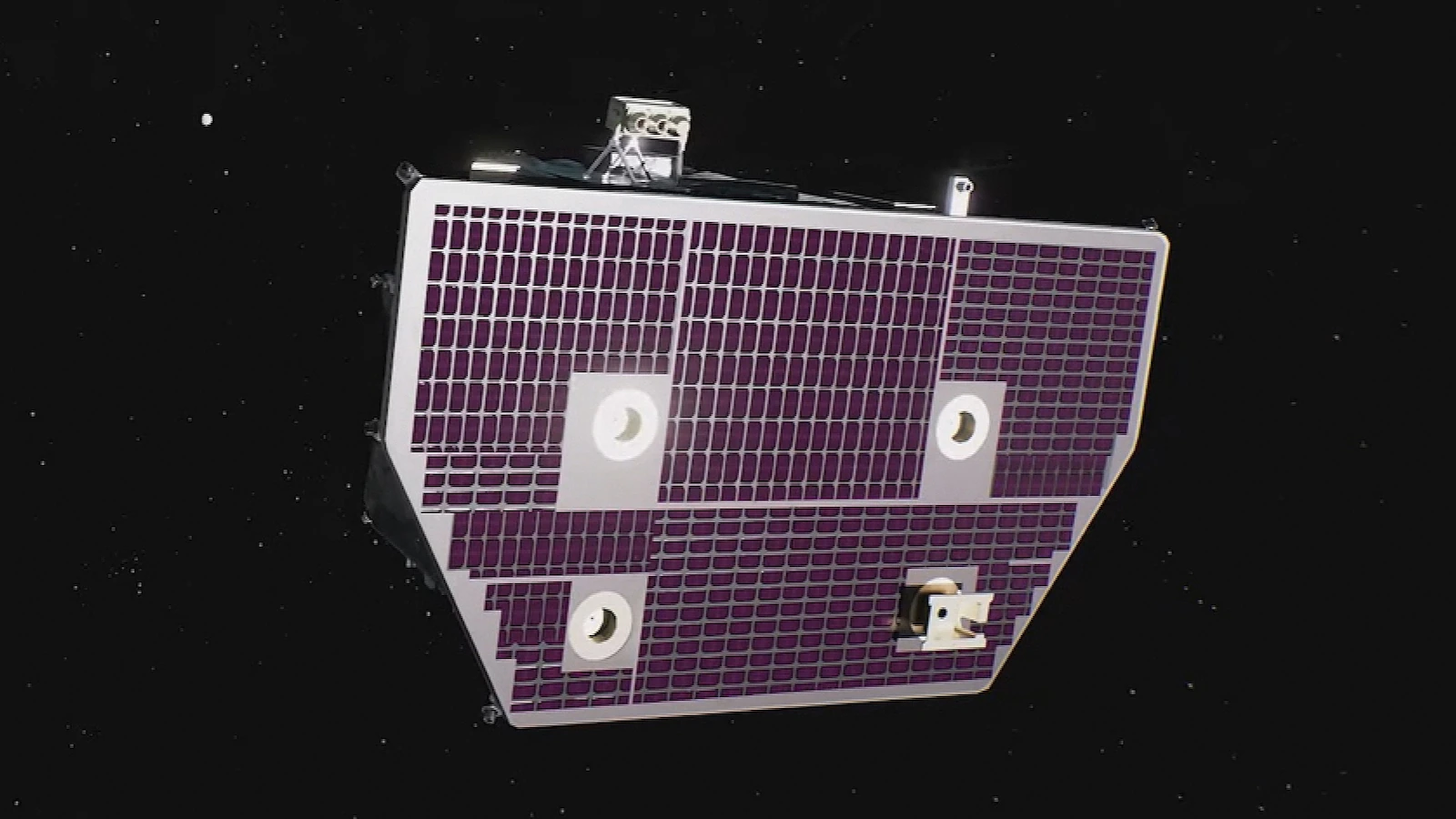By Doc Louallen
Copyright go

Three satellites are set to launch aboard a SpaceX Falcon 9 rocket Wednesday at NASA’s Kennedy Space Center in Florida, according to a National Aeronautics and Space Administration press release. The mission is to study space weather and its effects on Earth.
“It is extremely urgent for us to actually understand what our sun is doing for us,” NASA’s head of science, Nicky Fox, told ABC News.
She explained in this mission that NASA will focus primarily on astronaut safety, while NOAA handles space weather predictions for civilian use in the United States.
“It’s very important for us to understand what’s coming from the sun and how it’s impacting our planet,” Fox said. “It affects things like precision agriculture, precision drilling, mining, GPS signals, spacecraft in orbit, and our astronauts.”
The mission includes three distinct satellites, each with unique objectives. The SWFO-L1 spacecraft, NOAA’s first observatory fully dedicated to space weather observations, will serve as an early warning beacon for potentially disruptive solar storms that could affect Earth’s critical infrastructure, NASA said in a press release.
The Carruthers Geocorona Observatory will study Earth’s uppermost atmospheric layer.
“This is the first time we’ve had a mechanism for studying that final boundary between Earth’s atmosphere and space, and looking at how that protective layer changes in response to what’s coming from the sun,” Fox explained.
Another satellite, known as IMAP, will measure solar activity heading toward Earth and map the heliospheric boundary – a protective bubble created by the sun.
“It protects all of the planets as we are orbiting around the Milky Way,” Fox said. “IMAP will be able to image pretty high-resolution images of the boundary that is protecting us from the intense radiation in interstellar space.”
According to Fox, space weather can affect everyday technologies like GPS. She explained that solar activity can reduce GPS accuracy, causing location markers to appear in wrong positions on maps. Fox compared space weather forecasting to hurricane tracking.
“We’re measuring parameters that are telling us how intense a space weather event can be.”
The satellites will operate from what Fox described as “the L1 point,” approximately one million miles toward the sun from Earth.
“They have a very unobstructed view. The Earth doesn’t get in the way. The moon doesn’t get in their way. They are able to really study the sun 24/7,” she explained.
While IMAP has a two-year primary mission, Fox noted it has “a lot of fuel and a lot of ability to continue, as long as they’re doing great science.”
“All three satellites together, we’re kind of looking at every single ingredient in how the sun influences not only Earth but the whole solar system,” Fox said.
The mission also connects to NASA’s broader research interests.
“As we look for habitable planets in other solar systems… understanding our star really helps us understand the complex relationship between a star and a neighboring planet that could actually sustain life,” Fox explained.